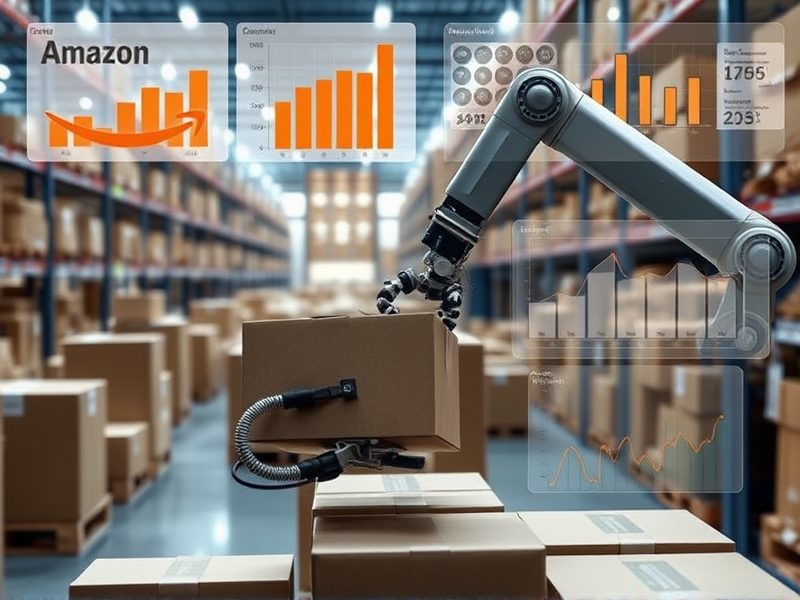As returns fraud escalates within the e-commerce sector, Amazon has taken steps to fortify its defenses by investing in Cambridge Terahertz, a 3D imaging company. This initiative aims to address the growing challenge of consumers requesting refunds for returned items that do not match their initial purchases.
The Problem at Hand
The existing e-commerce model allows customers to request returns and receive refunds once they ship back products. However, malicious actors exploit this process by returning empty or substitute packages and collecting the corresponding refund without having to return the original item.
Amazon’s Response with 3D Imaging Technology
Aiming to curb such fraudulent activities, Amazon has backed Cambridge Terahertz, which develops package-scanning technology for various supply chain and security applications. This technology can be installed in multiple points along Amazon’s supply chain to inspect returned packages, ensuring they contain the correct items before a refund is processed.
Understanding Returns Fraud
Data from Appriss Retail indicates that returns fraud costs e-commerce merchants $103 billion annually. This statistic highlights the severity of the issue and its impact on the industry at large.
New Frontiers for Cybercriminals
The rise in e-commerce has expanded opportunities for fraudsters, who now impersonate well-known brands to deceive consumers. The advent of artificial intelligence (AI) adds another layer to their arsenal, enabling them to create highly convincing phishing sites with ease.
Phishing and Social Media
Social media has become a key tool for cybercriminals to both study and target specific individuals or businesses. For example, hackers may follow social media influencers to gather insights on trending products, then use this information to send convincing phishing emails that mimic the influencer’s style or product.
Marks & Spencer’s Cyberattack
Organized cyberattacks have led to significant disruptions for even large corporations. Marks & Spencer faced substantial losses and operational disruptions after a ransomware attack compromised their systems. The company had to halt all e-commerce activities following the breach, which lasted several months.
Tackling the Rising Threat
The constant cyberattacks against e-commerce entities have pushed the industry towards technological solutions like AI for fraud detection. While AI can process vast amounts of data efficiently, it may also introduce challenges due to its potential inaccuracy.
Striking a Balance
Merchants must navigate customer satisfaction, regulatory compliance, and brand reputation while fighting against cyberattacks. The dynamic nature of these threats means that traditional approaches often fall short, prompting the need for more innovative and proactive strategies.
